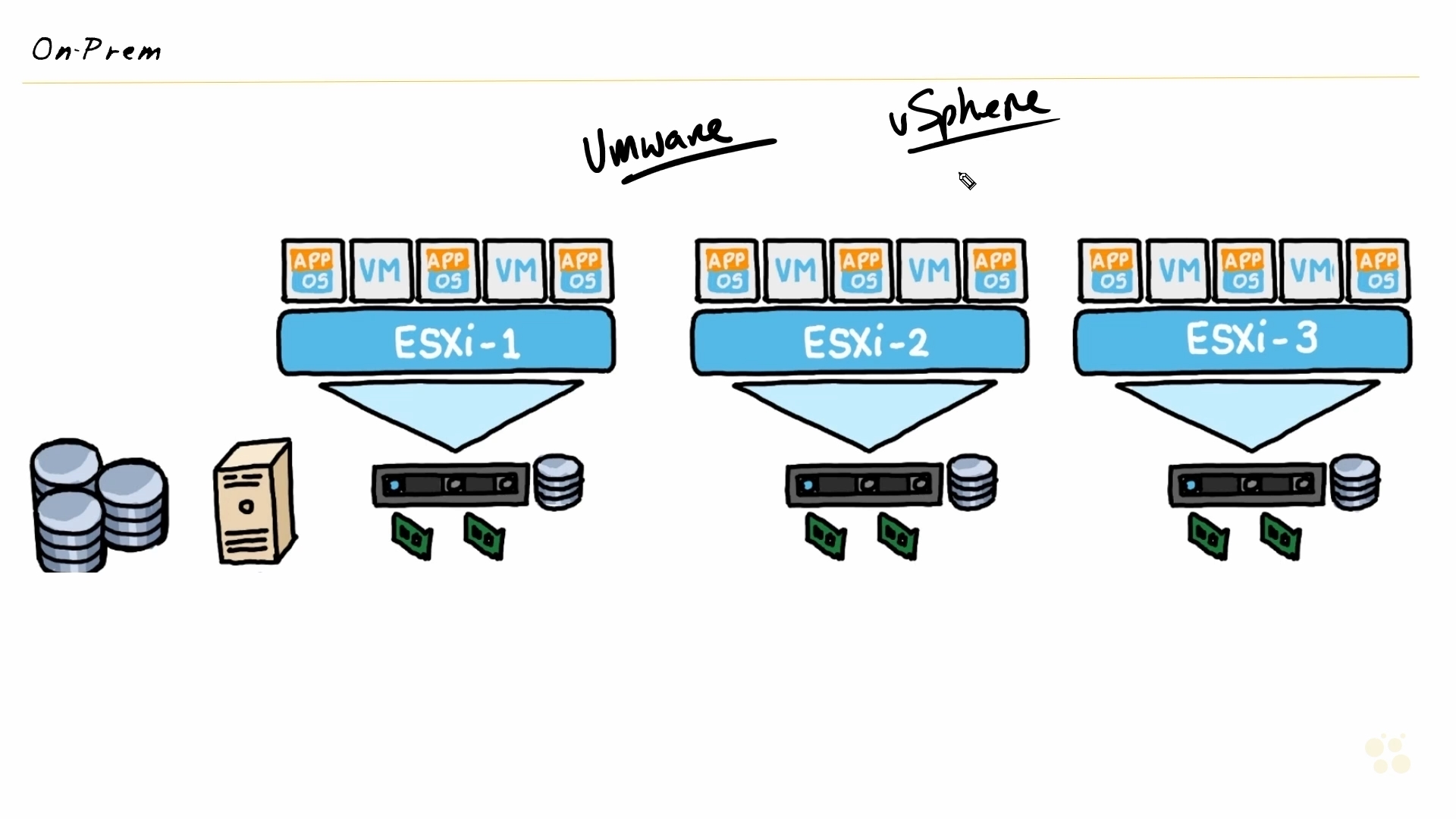در حال حاضر محصولی در سبد خرید شما وجود ندارد.

In this intermediate Palo Alto skills training, Keith Barker helps learners understand Next-Generation Firewalls (NGF).
All firewalls control traffic with an Access Control List, but next-gen firewalls have a few more bells and whistles. Next-generation firewalls control traffic based on the application and deep packet inspection, which is great. But the thing Palo Alto brings to the table is a firewall that can dynamically learn about threats across the entire internet. The moment a threat is discovered on the internet, that information is communicated to your firewall.
در این روش نیاز به افزودن محصول به سبد خرید و تکمیل اطلاعات نیست و شما پس از وارد کردن ایمیل خود و طی کردن مراحل پرداخت لینک های دریافت محصولات را در ایمیل خود دریافت خواهید کرد.


پیکربندی روتینگ در Cisco SD-WAN بوسیله OSPF and BGP
--Configure-and-Verify-First-Hop-Redundancy-Protocols-(FHRP)-main-resized.jpg)
آموزش کامل 350-401 ENCOR : پیکربندی و تست کارکرد پروتکل First Hop Redundancy Protocols (FHRP)

PCNSA Online Training

کورس یادگیری 300-415 ENSDWI

تهدیدهای امنیتی ، حملات و آسیب پذیری ها

یادگیری کامل Fortinet NSE 4

آموزش پیکربندی EIGRP

آموزش شناخت و کار با فایروال های شبکه

Fortinet NSE 6 – Secure Wireless LAN Online Training

IELTS Success – Secrets Revealed by an Examiner